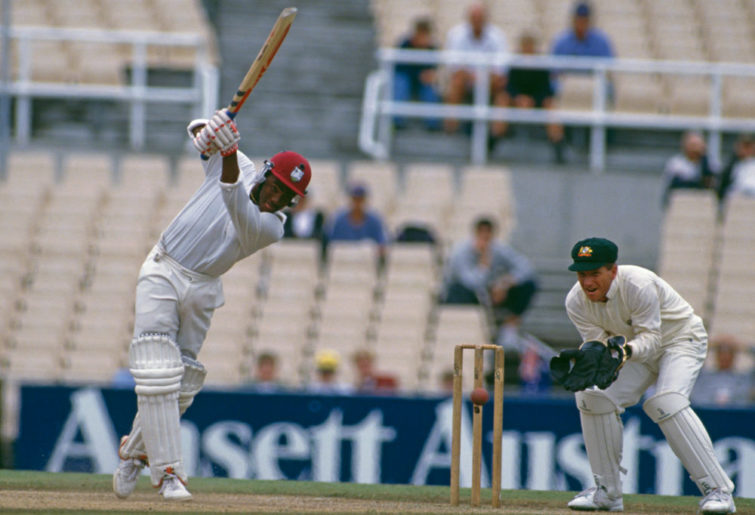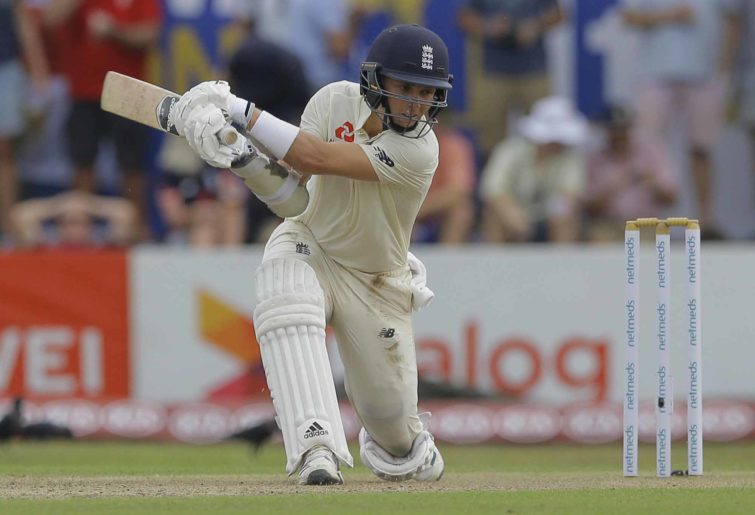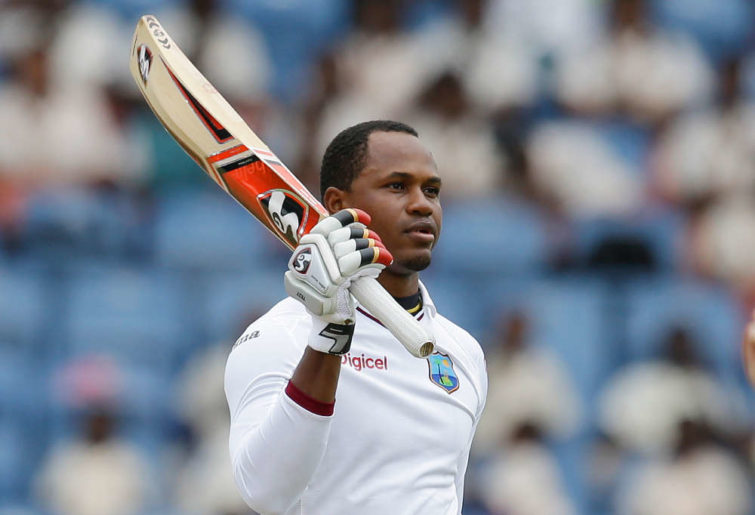The possibiliy of Jofra Archer's career coming to an early end will rob cricket of a bowler with so much talent
While a premature retirement isn’t the solution, he or England want, he may be forced into it if he can’t maintain a long run of matches.
Those of us who are of a certain age will remember tours of the Caribbean being one nightmares were made of.
Those islands, the inhabitants of which are famous for their smiles and hospitality on the tourist strips, offered no such pleasantries to visiting cricket sides. During the 70s, 80s and 90s, Fenerbahce style ‘Welcome To Hell’ banners outside the opposition team rooms would not have been out of place.
With hosts nicknamed Whispering Death and The Master Blaster, tough times were in store. And plenty more of the West Indies didn’t need monickers – Joel Garner, Curtly Ambrose, Brian Lara, Courtney Walsh, Garfield Sobers, Gordon Greenidge, Clive Lloyd, Malcolm Marshall, Andy Roberts – their names alone on a team list were enough to create a cold sweat.

West Indian batsman Brian Lara (Photo by Joe Mann/Getty Images)
The rise of Australia hastened the demise of the West Indies as a force in red ball cricket in the mid 90s. For a time, few Australians had any regrets that a formidable West Indian touring party causing mayhem at the WACA were a thing of the past.
Nor that impregnable venues like Sabina Park (Jamaica), Kensington Oval (Bridgetown), Queen’s Park (Port of Spain) and Bourda (Georgetown) were more hospitable than pre-cursors to hospitals, as they had been in the past.
As the memories of the heavy defeats and physical blows faded from minds, cricket fans have yearned for a return of a competitive West Indian Test team.
Much has been offered as to why the Windies empire splintered and fell so hard after their dominance. Was it the rise of one day and T20 cricket as being seen as a more entertaining product?
Was it that tall, athletic youngsters from the islands chose to pursue the riches of the NBA nearby rather than slogging it out for days at a time in front of dwindling crowds? Or simply just a cyclical lack of depth which had the misfortune of coming during an international downturn in the interest of Test cricket which led to little enticement for the next generation of players to pursue the game?
Regardless, the West Indies withdrew from dining at the elite Test team table. In line with their decline Australian tours of the Caribbean reduced the number of Tests played; from five-Test series in the 70s, 80s and early 90s through to four-Test series’ from the mid 90s to 00s, then down to three-Test series for the remainder of the 00’s and, most recently, a two-test series in 2015.
No doubt, the rise of shorter versions of the game has impacted Test series length for all tours, but rarely do heavyweights face off on less than four occasions in the truest form of the sport.
However, whether this is to be rejoiced or feared, in 2019 there are signs of life.
England rightly expected their early year tour of the Caribbean to result in comfortable victory while also hopefully providing confidence building time in the middle for their stuttering top order. Similar to Australia, they’ve had their fair share of selection controversies, sub-40 averages and lack of challengers from domestic competitions.
When England tour, such is the history their current citizens inherit from their British Empire forebears, it is never just about the cricket. The game owes its international footprint to the tentacles of the British Empire, but cricket is often not the only byproduct of British colonisation and influence, some of which is still not forgotten today in some quarters. George Dobell’s peerless article expands on this focussing on the entrenched experiences of those within the Caribbean.
Suffice to say, almost every nation will say it means more when it’s England, but the West Indies have a case more than most.
On the pitch, two Tests in and the West Indies have won both – by 381 runs at Bridgetown and by ten wickets at the Sir Vivian Richards stadium in Antigua. Those margins make it sound less comfortable than it was.
After a non-threatening 289 by the West Indies in the first innings in Bridgetown, Kemar Roach torched England, taking 5-17 off 11 overs (seven of those being maidens). The Windies captain, Jason Holder, chipped in for two wickets, but his moment was to come. In the meantime, reeling from Holder’s intervention, England were skittled for 77.

England’s Sam Curran plays a shot (AP Photo/Eranga Jayawardena)
The West Indies fell to 6-120 in the third innings of the match with Moeen Ali (3 wickets) and Ben Stokes (2 wickets) doing most of the damage. There was little to suggest what was to come.
Shane Dorwich (he of a sub 30 Test average) and Jason Holder (captain and all rounder) occupied the crease for a 295 run stand, ending only when Holder declared with the team on 415. By then, Dorwich was not out on 116 and Holder a remarkable 202 (scored at a strike rate of 88.20, no less).
It’s said that fourth innings run chases that start with a four can mentally crush an opponent before they begin. In Barbados, England’s target was 628.
England had plenty of starts – all of their top six faced more than 60 balls, all made double figures and all but one above 20. But it was only Rory Burns who showed any fortitude – he stayed to compile 84 before falling to Roston Chase.
Indeed, Chase sliced through the English side taking eight wickets for 60. England ground to 246, but it was always an impossible task, and they fell 381 runs short. Holder was the man of the match, but Chase and Dorwich starred in their own right.
On to Antigua and for England to prove that even the best sides can have a poor few days? Apparently not. Inside three days, they had collapsed for 187 and 132. The West Indies made a mockery of England’s shortfalls by scoring 306 in their first innings through solid contributions right down the scorecard, despite no 50s.
They needed to return in their second innings for a token 17 (completed in 13 balls) to win by ten wickets. Kemar Roach took eight wickets for the Test and the man of the match award.

Marlon Samuels (AP Photo/Ricardo Mazalan)
In little more than 250 overs, the Windies had taken 40 wickets and won the series in seven days. The third and final Test will be in St. Lucia starting on the tenth Feb.
More pleasingly for Australian fans, it has laid bare England’s top order selection issues in an Ashes year.
Sound familiar?